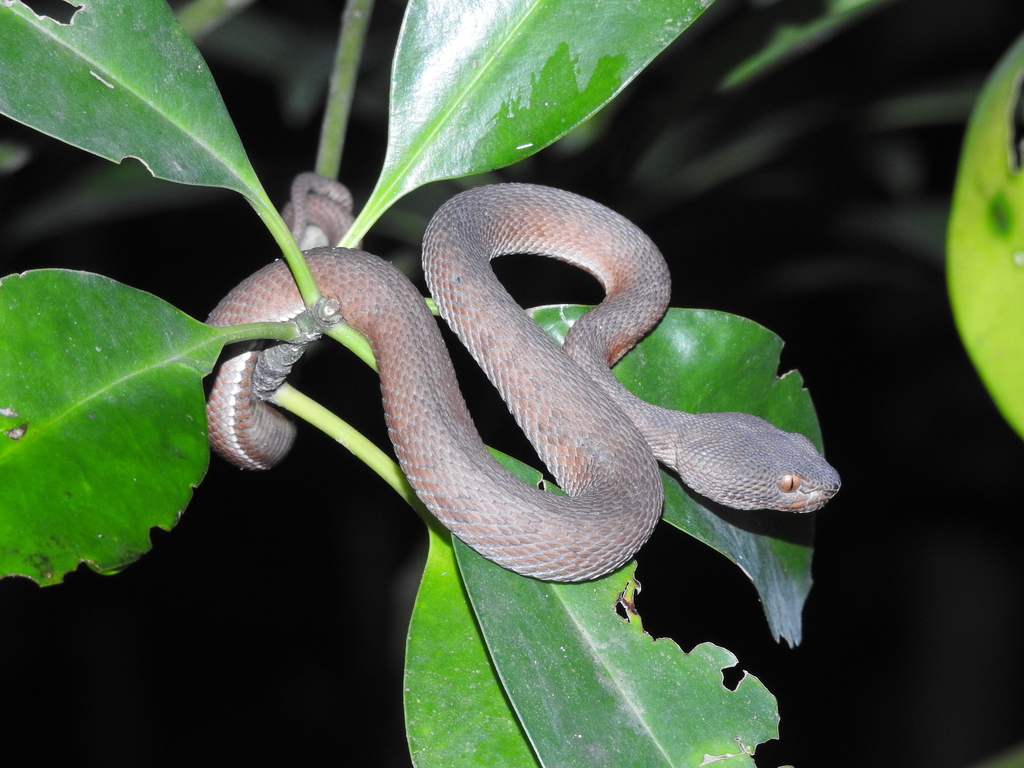Snake species come in all shapes and sizes, from enormous pythons to horned snakes slithering through the desert. In the snake world, it can be especially difficult to tell a new species from existing ones – many members of the same species can look physically very different, with variations in colors along their bodies. However, a new study has identified a new species of pit viper from Myanmar, and it is both a bright green and dark green stunner depending on which individual you catch a glimpse of.
The genus Trimeresurus consists of such snakes with a large range of variation in appearance, also called morphology.
“Asian pit vipers of the genus Trimeresurus are notoriously difficult to tell apart, because they run the gamut of morphological variation. Some groups contain multiple species that look alike, while others may look very different but are actually the same species,” said Dr Chan Kin Onn, herpetologist and lead author of the study in a statement.

The mangrove pit viper can be a range of colors but never green.
Both the north and south sides of Myanmar are home to a species of pit viper. In the north, the redtail pit viper (Trimeresurus erythrurus) is identified by its green body with few other markings. In the south, the mangrove pit viper (Trimeresurus purpureomaculatus) occurs in a range of colors including yellow, brown, and black – but is never green. The mangrove pit viper also has a more blotchy pattern on its body.

Trimeresurus erythrurus is always green with no blotches.
Between these two populations is a third snake species living in the central area of Myanmar with an appearance of halfway between the two.
“This mysterious population in central Myanmar baffled us and we initially thought that it could be a hybrid population,” the researchers said. The team worked out in a different paper that this third population was not a hybrid but a genetically different species.
This new species had some extra confusing characteristics just to make things more interesting. Certain populations were dark green with blotches, making it easy to tell apart from the mangrove viper and the redtail pit viper. Other members of the same new species were bright green green with no blotches and looked almost exactly the same as the redtail pit viper.
“This is an interesting phenomenon, where one species is simultaneously similar and different from its closest relative (the redtail pit viper). We think that at some point in the past, the new species may have exchanged genes with the redtail pit viper from the north and the mangrove pit viper from the south,” said Dr Chan.
This new centrally based species has been named the Ayeyarwady pit-viper (Trimeresurus ayeyarwadyensis) after the largest river in Myanamar.
The paper is published in the journal Zookeys.
Source Link: Brand New Species Of Asian Pit Viper Discovered In Myanmar With Surprising Coloration